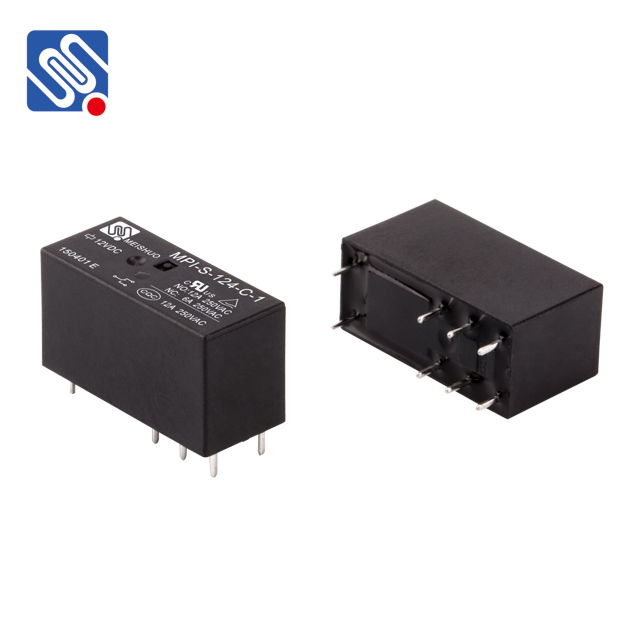Relay application notes are essential documents that provide engineers and designers with valuable insights into the effective use of relays in various electrical and electronic systems. These application notes are typically published by relay manufacturers, industry experts, or technical organizations, aiming to guide users on proper relay selection, circuit design, and troubleshooting. This article explores the importance of relay application notes, the key aspects they cover, and their role in optimizing the functionality and reliability of relay-based systems.

Introduction to Relays and Their Applications A relay is an electrically operated switch that uses an electromagnet to open or close one or more sets of contacts. Relays are essential components in modern electrical and electronic systems, particularly in automation, control circuits, and signal processing. They allow the control of high-voltage or high-current devices using low-voltage control signals, making them crucial in applications such as automotive electronics, industrial automation, communication systems, and home appliances. Given the variety of relay types and their diverse applications, relay application notes serve as a critical resource for engineers. These documents offer detailed explanations on how to select, design, and troubleshoot relay circuits, ensuring optimal performance and minimizing potential failures.